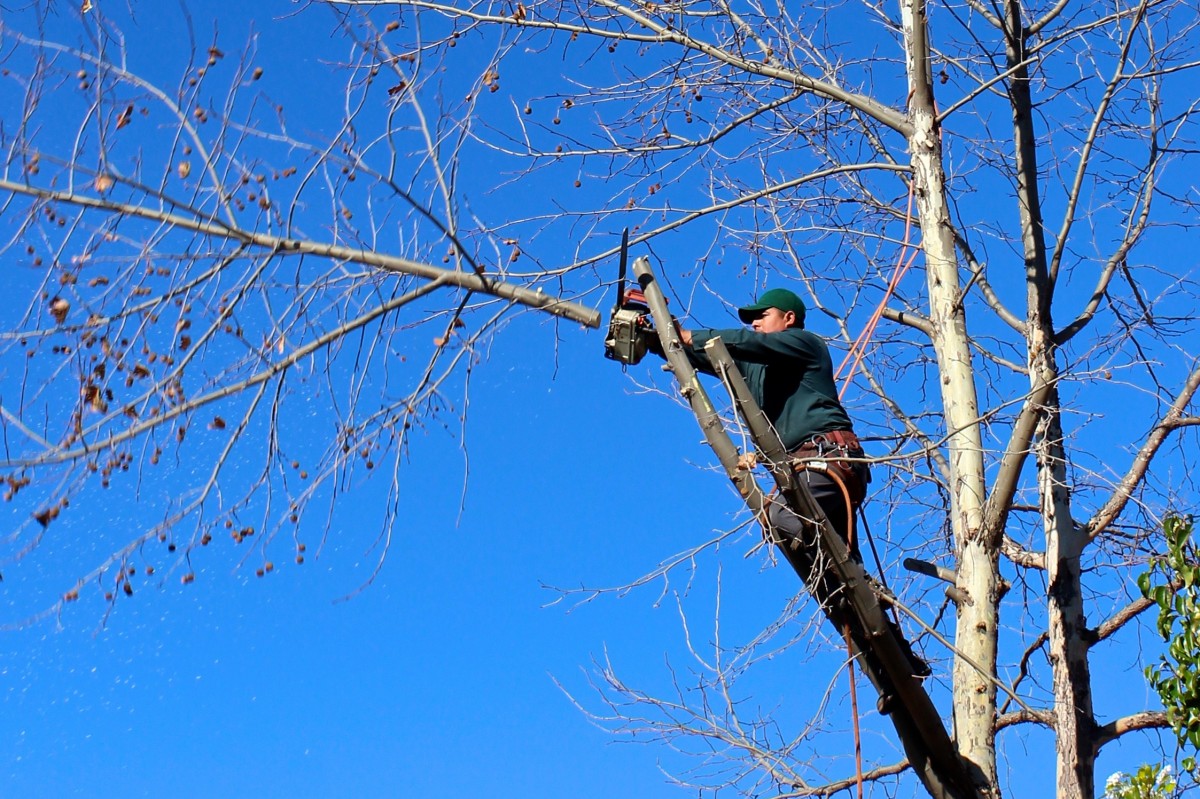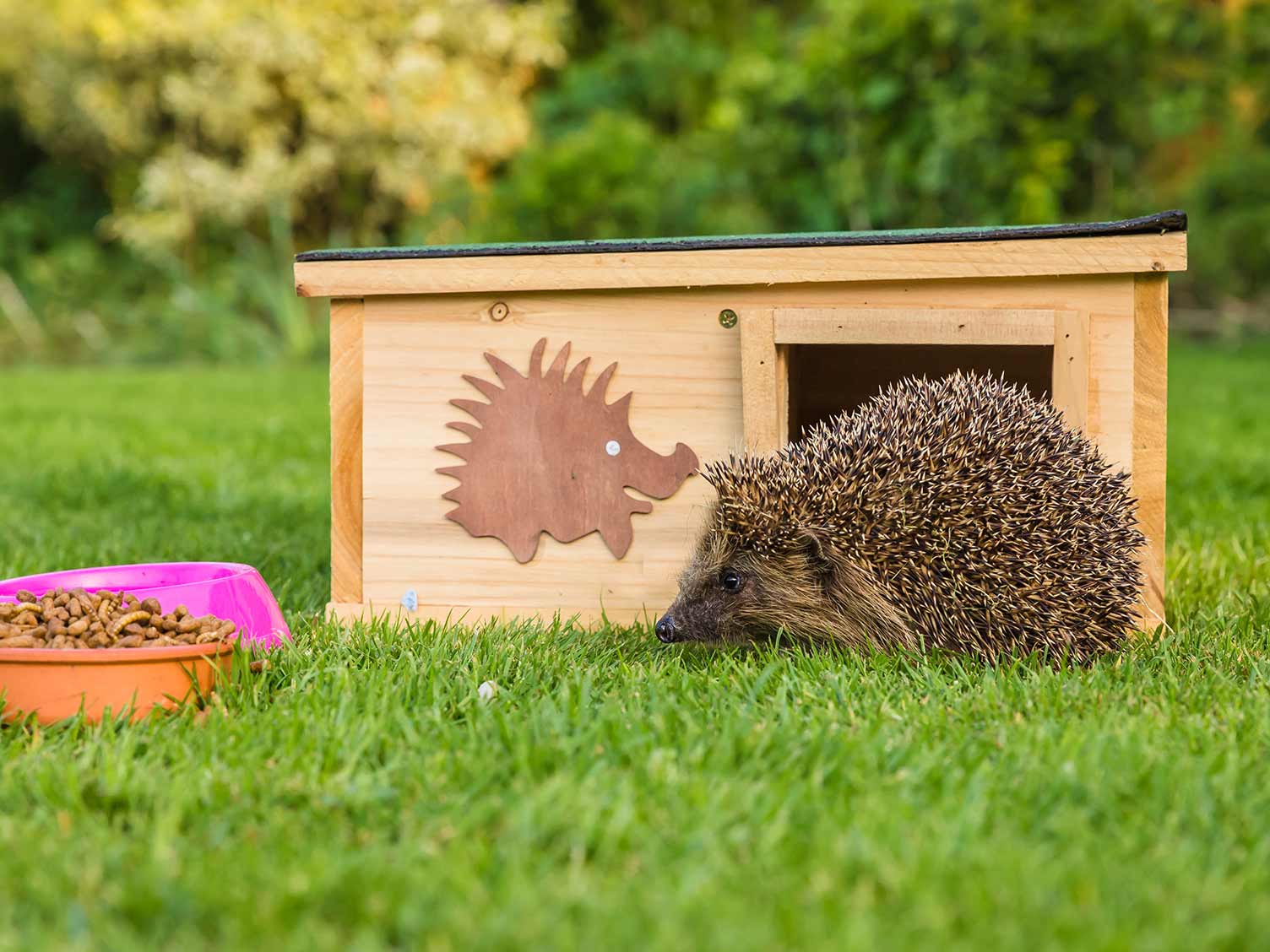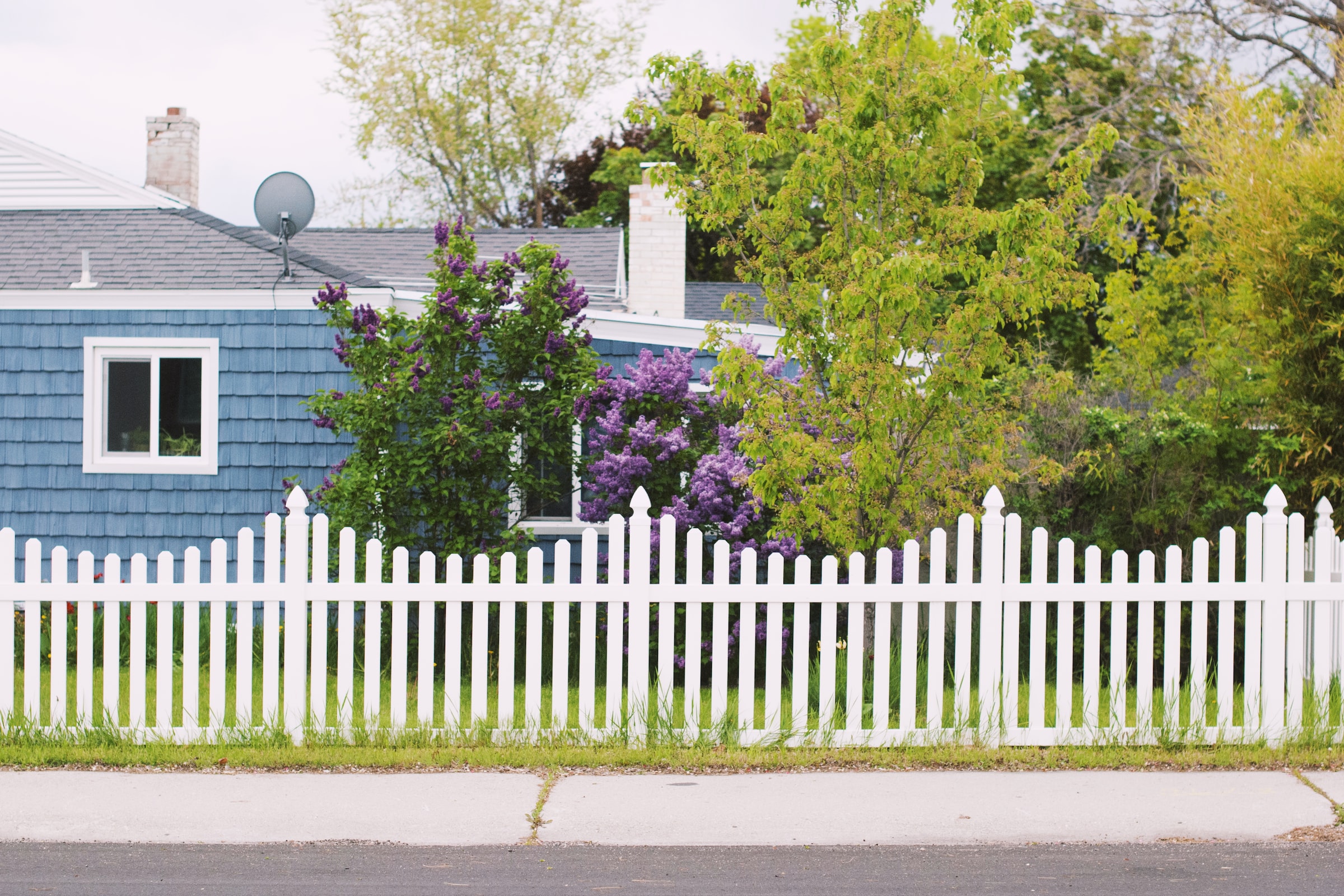The felling or pruning of trees is necessary for many situations. However, this felling is supposed to be done in strict compliance with certain regulations set up by French legislators. Why pruning? What are the different types of pruning and their indications? How to limit pruning in the garden?
It’s time to make a decision!
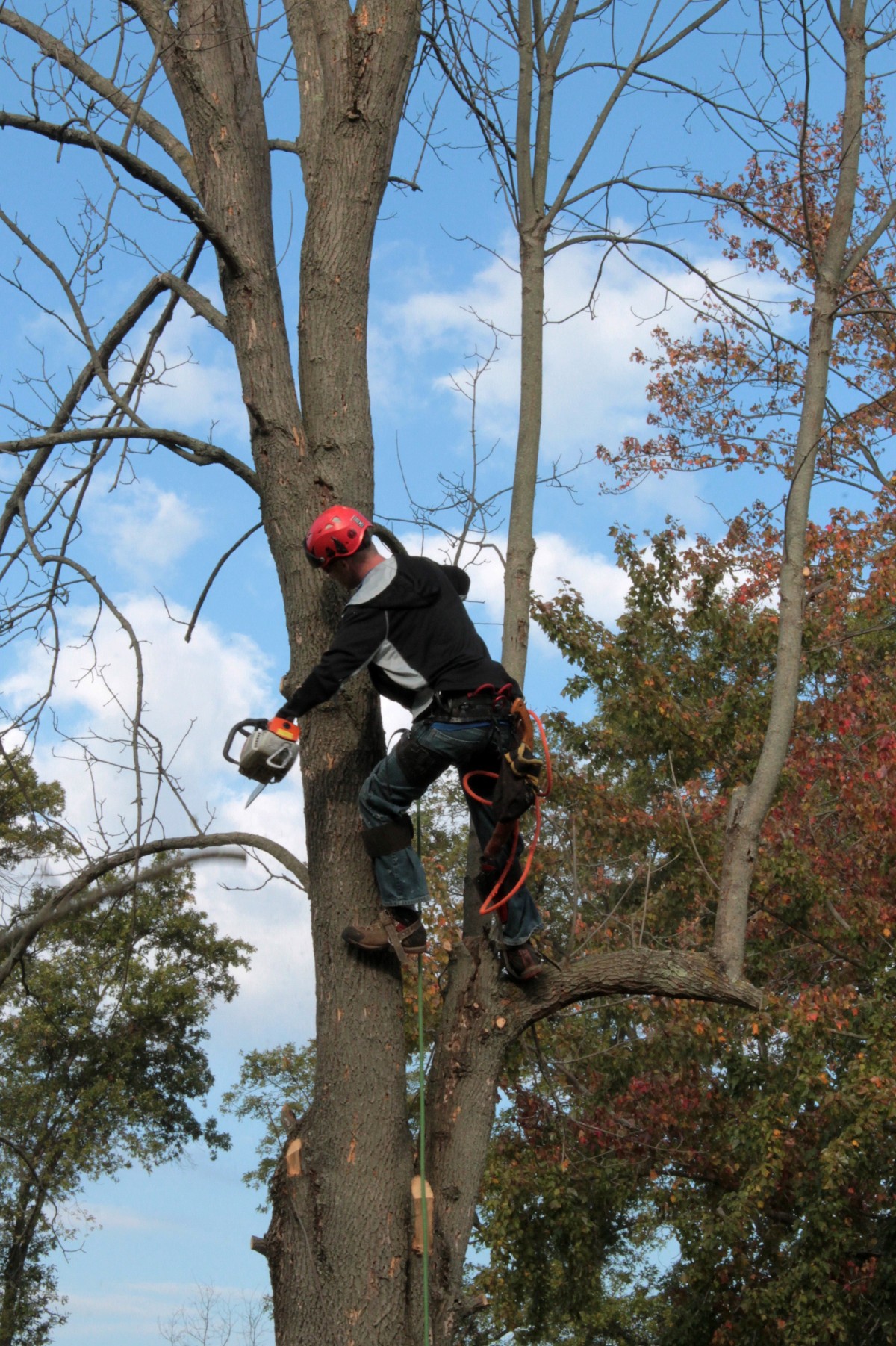
Before you start, think about what you want to achieve and define your goals. Think about why you want to prune. Are you trying to create a tree that will provide shade or height? Has the tree been pruned recently? When you prune will be influenced by your reasons for doing so. Light pruning or deadwood removal can be done at any time, but plan your pruning activity around the seasons if you want to achieve more significant results.
For example, if you choose to prune during the winter season, you’ll get a burst of growth in the spring. Summer pruning can delay the development of the cut branch, making it an excellent technique for shaping your tree or reducing the growth of unwanted branches.
Tree pruning: Why?
A famous adage states that the tree is the source of life. Indeed, it is essential to emphasize that life on earth would not be possible without trees. Trees use the sun’s energy and carbon dioxide to produce both organic matter and oxygen, which is essential for life on earth. So to say, the absence of trees would contribute to increasing the CO2 emissions in the atmosphere, which would only aggravate the global warming added to the fact that humanity will not survive on a planet deprived of oxygen.
All these benefits of trees for humanity explain the emergence of environmental movements to curb deforestation and tree cutting in particular. However, it is essential to recognize that pruning and lopping of trees are necessary at certain times. We can mention the pruning carried out in order to free electrical or telephone cables.
There are also prunings carried out for purely safety reasons when tree branches interfere with distance vision. Ornamental pruning is another situation aiming at improving the external aspect of a tree, a bit like when we decide to shear a sheep to unload it off the excess fur and thus make it more attractive.
Tree pruning: What are the different types of pruning recommended and their indications?
Tree pruning is not an exercise to be taken lightly. There are strict regulations in place to protect trees, and pruning must not lead to the death of trees. This is why it is recommended to use the services of a professional. Pruning professionals take into account many criteria before pruning any tree. These details are essential to know as the types of tree pruning depend on the species and the diameter or thickness of the tree.
Thus, regarding the different types of tree pruning, we can mention the severe or drastic pruning reserved only for dangerous and decayed branches. There is also soft maintenance pruning or reasoned pruning, which is less invasive and contributes to the development of an aging tree by encouraging the penetration of wind and light. Finally, another type of pruning is called architectural pruning, reserved for ornamental trees.
Pruning, garden, and outdoor design
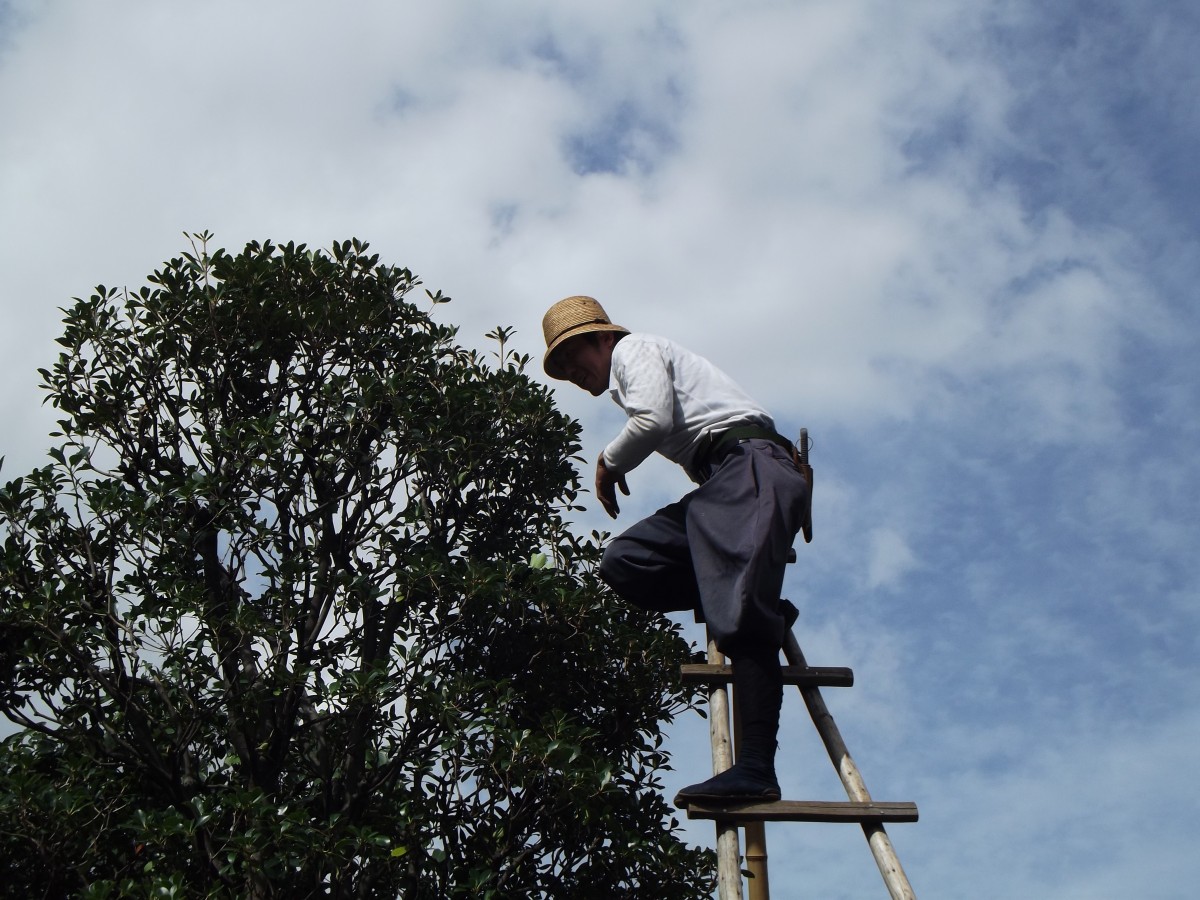
Pruning is an exercise that also concerns garden plants. This is a crucial detail to consider when choosing plants to furnish a garden. In fact, it is recommended to choose slow-growing plants as they require very little pruning, which is essential from an economic point of view and limits the aggression on these plants.
The Alexandra Dwarf Weigelia is a slow-growing plant that adapts to all types of soil and creates a rustic charm. It is also a plant that you must have in your garden when you want to enhance your landscaping. In addition to low-growing plants, ground cover plants, although dense, have the advantage of naturally controlling weeds. They are therefore an excellent alternative to grass.
Sound off in the comments section below and tell us what you want to read next and if you want to read more about pruning.
